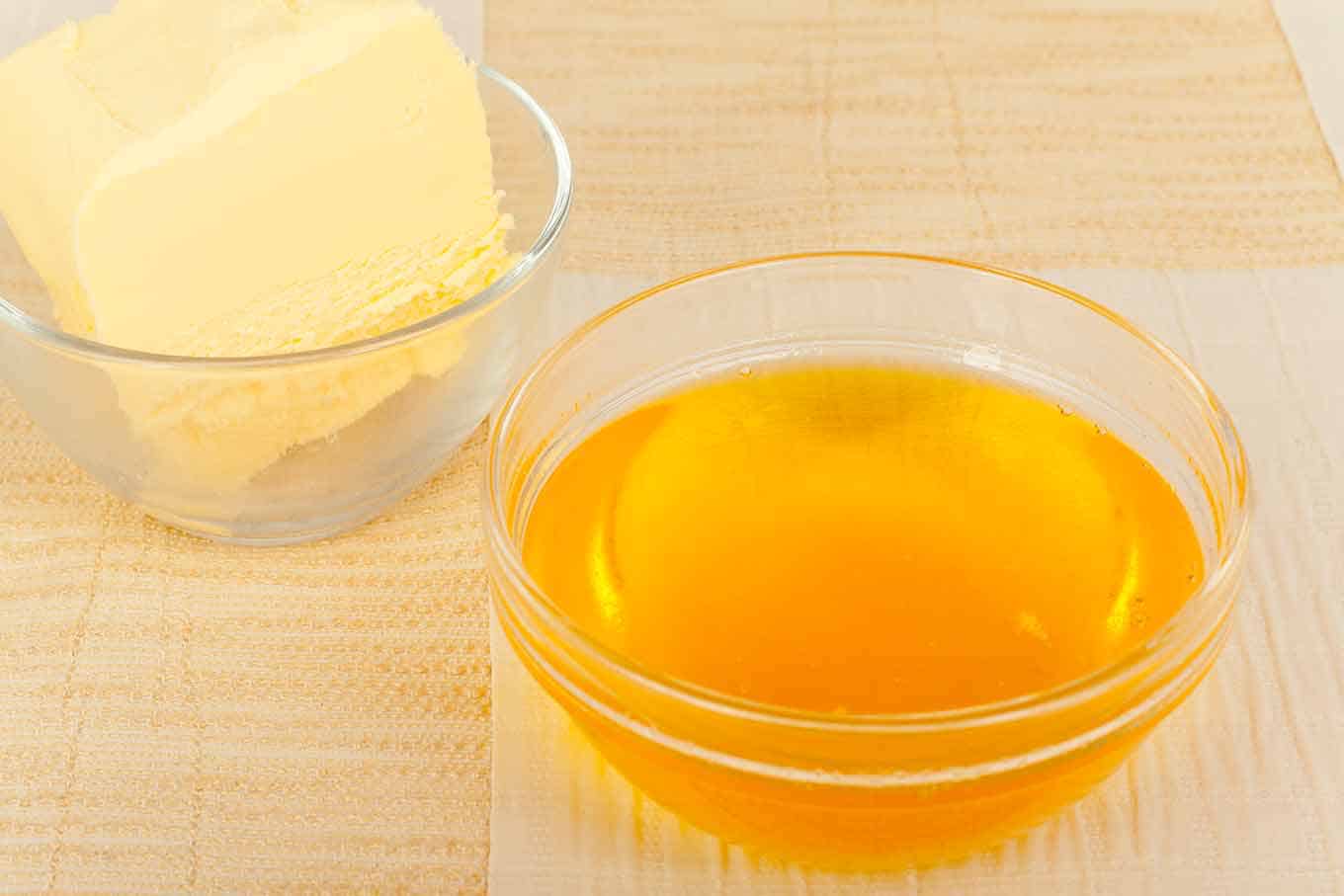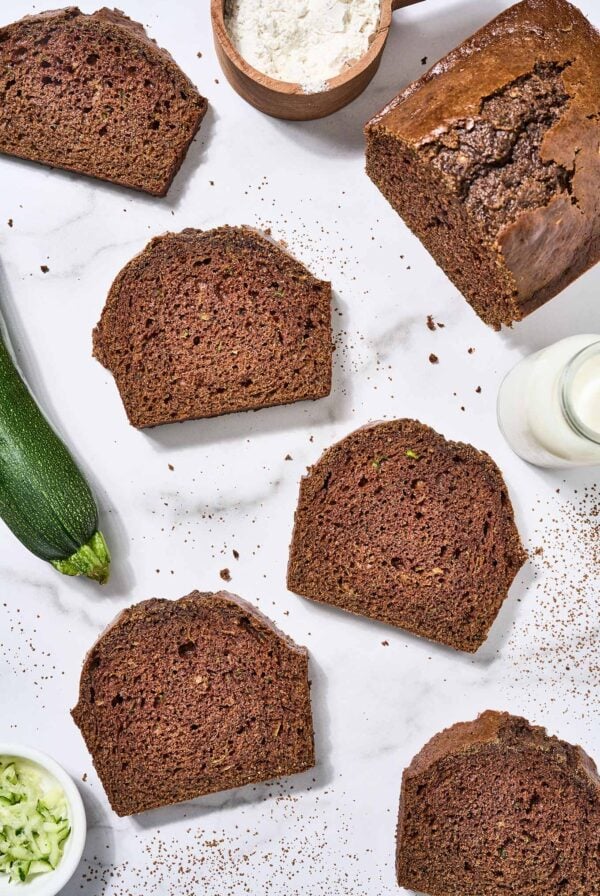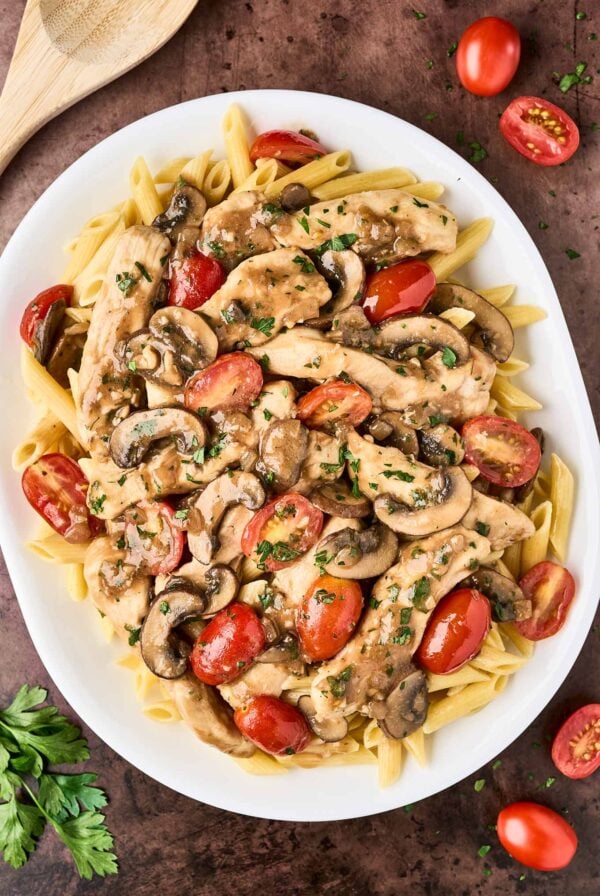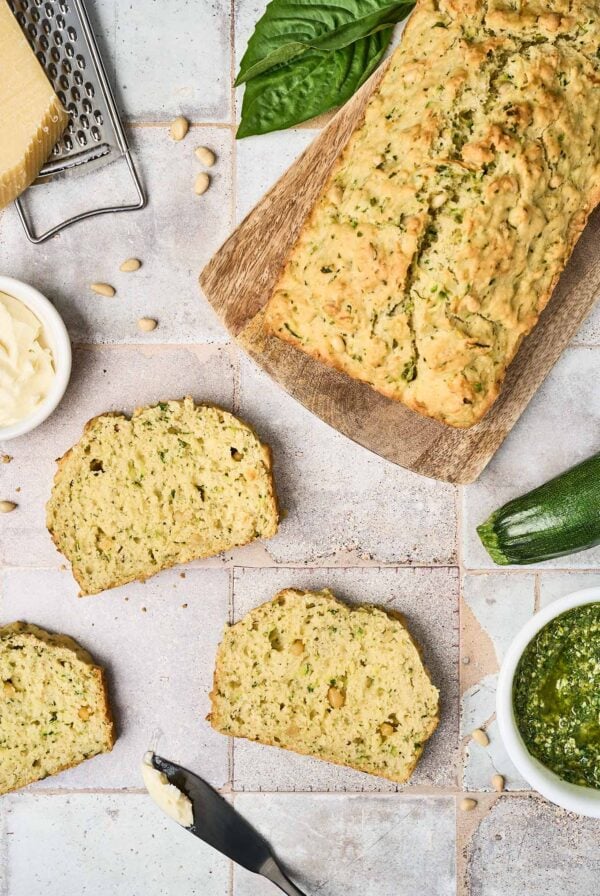This post may contain affiliate links. Please see our disclosure policy.

Perhaps when you run across a recipe that calls for clarified butter you either choose to ignore the “clarified” part in the interest of time, or just skip that recipe altogether. There’s really no need to do either – clarifying butter is easy and can be done ahead of time and kept in the freezer or refrigerator until you need it.
Table of Contents
What Is Clarified Butter?
Clarified butter is butter that has had the milk solids and water removed through a slow heating process that causes these elements to separate. Don’t confuse it with “drawn butter,” which is simply melted butter and has not gone through the clarifying process.
Why Use Clarified Butter?
The primary reason for clarifying butter is to increase its smoke point, meaning that it can be used at higher temperatures without burning. This is useful when the food you are cooking will benefit from the flavor of butter as opposed to plain cooking oil.
It is worth noting that while clarified butter won’t be quite as tasty as it was in its original state, it certainly packs more flavor than cooking oil.
Good examples of foods that benefit from cooking in clarified butter are omelettes, fried potatoes and fish fillets. It is also preferred for making butter sauces like bearnaise and hollandaise, as well as for making roux.
How To Make Clarified Butter
When making clarified butter, always use unsalted butter because the salted variety can produce unpredictable results.
Start with a half-pound, cut into tablespoon-sized chunks. Place them in a heavy saucepan and heat them over a low heat until melted. Continue the cooking until a foam rises to the top and you can see the milk solids begin to filter to the bottom.
As the butter clarifies, skim the foam that rises to the top with a shallow spoon or ultra-fine strainer. Once you’ve removed the foam from the top, take the pan off the heat and let it stand for a few minutes to be sure the milk solids have settled completely at the bottom.
At this point you can slowly pour your clarified butter into a container for storage. Discard the solids that remain at the bottom of the pan. The process of clarifying butter reduces the volume by about 25 percent, so your half-pound of butter will yield about 3/4 cup of clarified butter.
A Word About Ghee
Ghee is a form of clarified butter often used in Indian cuisine. The process differs in that the butter is left to simmer until the milk solids start to brown. This gives the butter a toasted, nutty flavor and increases the smoke point quite a bit more. Ghee can be homemade or purchased from Indian grocers.













Thank you for a straightforward, easy to understand article! My mom has used clarified butter for years, but I never really cared to know exactly why. (She was a Home Ec major and teacher, as well as still being a gourmet cook!) Now I see ghee at Trader Joe’s… so knowing that I don’t have to fiddle with making it myself, I am curious about what makes it so desirable. I could have simply asked my mom, but I’m a blog hound. 🙂 Thanks again!